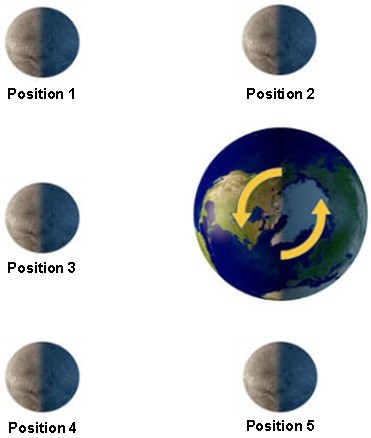What are the different ways of measuring the intensity and/or effects of earthquakes? Which do you think is best, and why?
What will be an ideal response?
The Modified Mercalli Intensity (MMI) scale is a Roman-numeral scale from I to XII that ranges from "barely felt" to "catastrophic total destruction." The Richter scale is a logarithmic scale which provides a number for earthquake magnitude based on the energy released during an earthquake. The moment magnitude (M) scale considers the amount of fault slippage produced by the earthquake, the size of the surface or subsurface area that ruptured, and the nature of the materials that faulted. It is more accurate for large earthquakes.
You might also like to view...
Describe the changes in atmospheric stability throughout a 24-hour period beginning at sunrise on a cloudless summer day over land.
What will be an ideal response?
A(n) ____ is an explanation that can be tested by additional observations or controlled experiments
A) question B) science C) hypothesis D) scientific method
Choose the Moon position that would cause high tide in North America (North America is on the sunlit side of the globe).
A. Position 1 B. Position 2 C. Position 3 D. Position 4 E. Position 5
The best explanation for the distribution of Glossopteris and Mesosaurus is that they lived when continents on which their fossils are now found were once connected then later were rifted and drifted apart.
Answer the following statement true (T) or false (F)